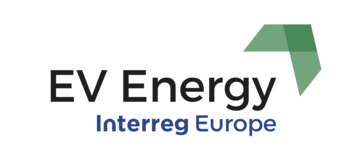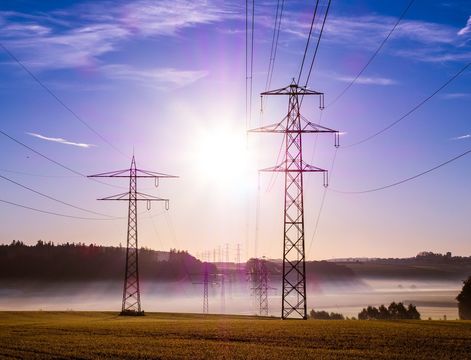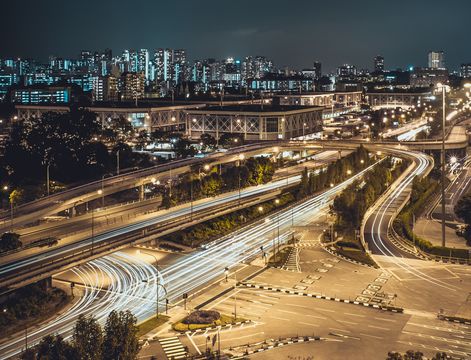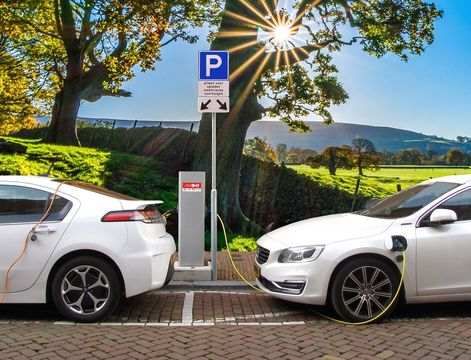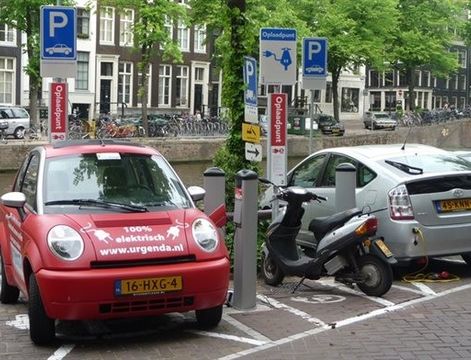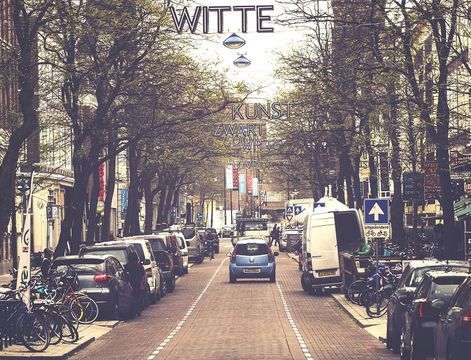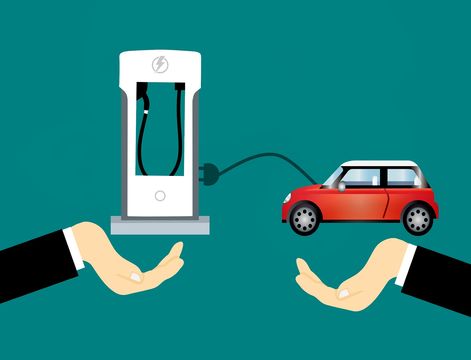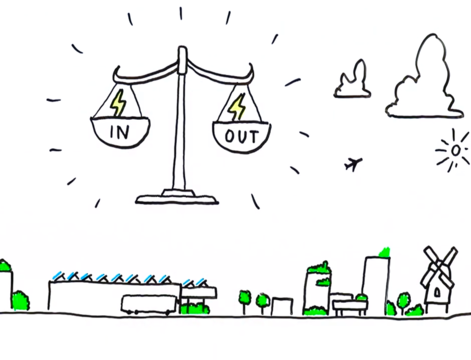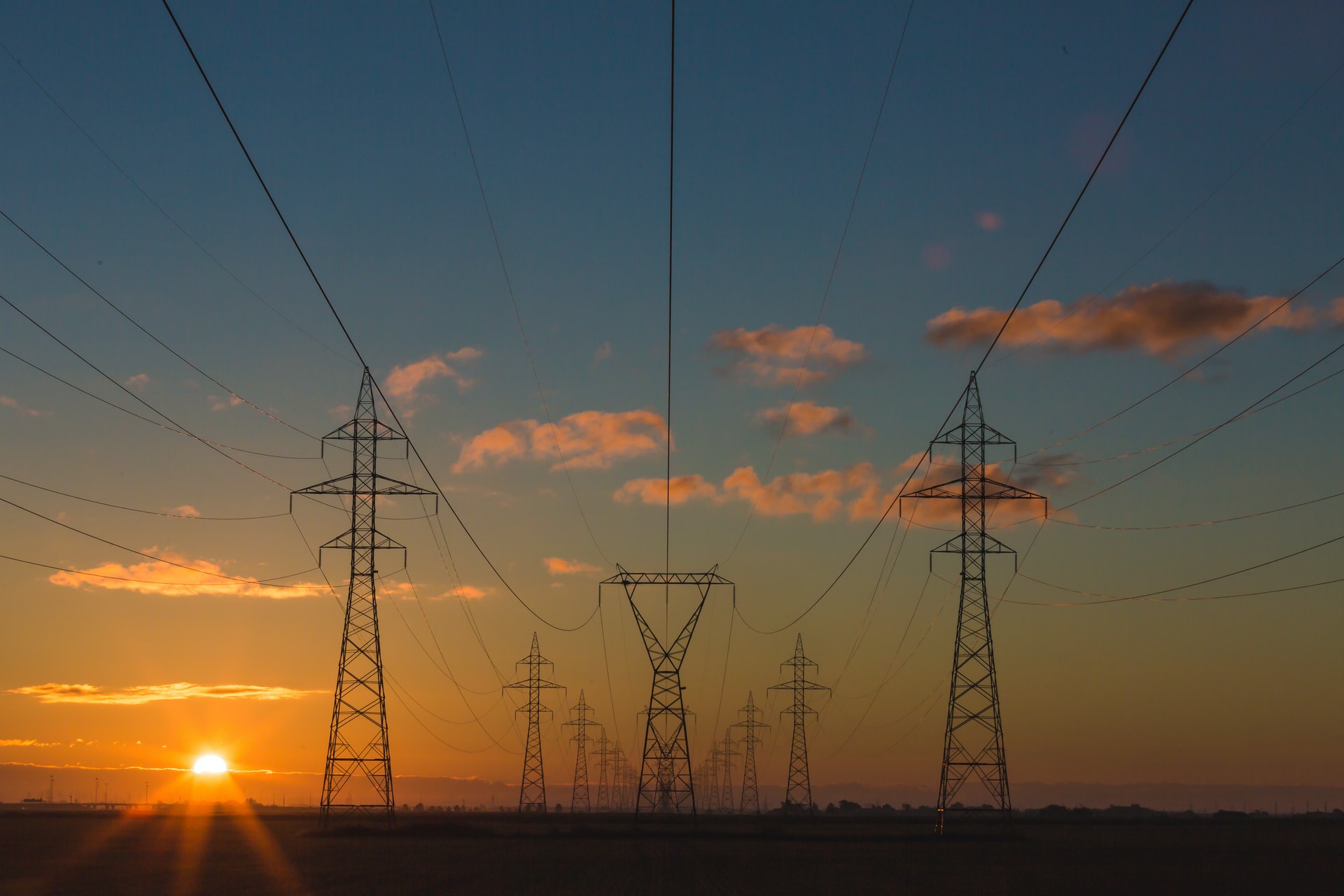The average age of public transport fleets in Lithuania is quite high. Although a part of the fleets in the largest Lithuanian cities (Vilnius and Kaunas) consists of electrically powered trolley buses, public transport in Lithuania is mostly powered by fossil fuels, which is costly and causes heavy pollution. Therefore, a collaborative initiative between scientists, major energy operators from the Baltic States, and universities in Kaunas and Klaipeda linked up in a partnership named “Vejo projektai” (http://www.vejoprojektai.lt/en/). Its idea was to develop a new generation city bus, called “Dancer Bus”.
“Dancer is a new generation super lightweight fully electric city bus. It is a visionary approach to automotive industry which seeks to integrate original bus design concept, new technological materials and wind power usage in public transport area Dancer’s driving intention is to make public transport an integral part of the city kindly acceptable for the society. Generally, it is a bus where technology, art and society meet and unite in order to create light, vibrant and healthy cities.“ (this is how the bus is described on the website www.dancerbus.com)
The vehicle has been developed in two stages: following the initial idea for a lightweight, high performing electric city bus in 2011, a 1982 Skoda trolleybus was refurbished and converted to create the LAB Trolley bus (stage one).
Following completion of the LAB Trolley in 2014, the second stage of the project sought to create a new generation, super lightweight electric city bus prototype. This included the use of composite materials, integration of an advanced powertrain system with engines in the wheels and adjustment of modern media technologies to create a fully developed interactive exterior of the bus.
The bus which weighs just 6 tonnes (without passengers), has room for 92 passengers (more than similar electric city buses) has a calculated energy consumption of 0.45 kWh/km (half as much as its competitors), is fast charging (6 min is the shortest of all competitors) and has a range of up to 50km (in line with average city usage). The bus also includes Dancer Management System, a proprietary online monitoring system for service purposes such as extended mechanical maintenance, hardware / software updates, selective schemes and system upgrades; a live exterior with multifunctional back window to allow advertising or city information to be displayed; and an extended 12-year warranty for service maintenance and online monitoring.
By the end of 2020, Dancer’s assembly capacity will have allowed for a 63,000 tonne CO2 reduction. Not only is the bus environmentally friendly, it is also financially sound as it enables considerable savings. A conventional fuel bus produces 96,800 kilos of CO2 per year and has annual maintenance costs of €28,000 while consuming €40,000 worth of fuel. The Dancer bus, on the other hand, does not produce CO2 and has an annual maintenance cost of €14,400 while costing just €4,000 to power. Combining amortisation, fuel and maintenance costs, a single Dancer bus brings savings of €41,200 per year.
The bus surely has the potential to serve a large part of the European electric bus market. The project itself is a good example how cities can combat severe traffic congestion and support EU clean air / emissions regulations. Such project increases mobility and energy efficiency in the cities. It also promotes and encourages better use of localised renewable energy production and sustainability.
If you are interested in learning more about this project visit: www.dancerbus.com
